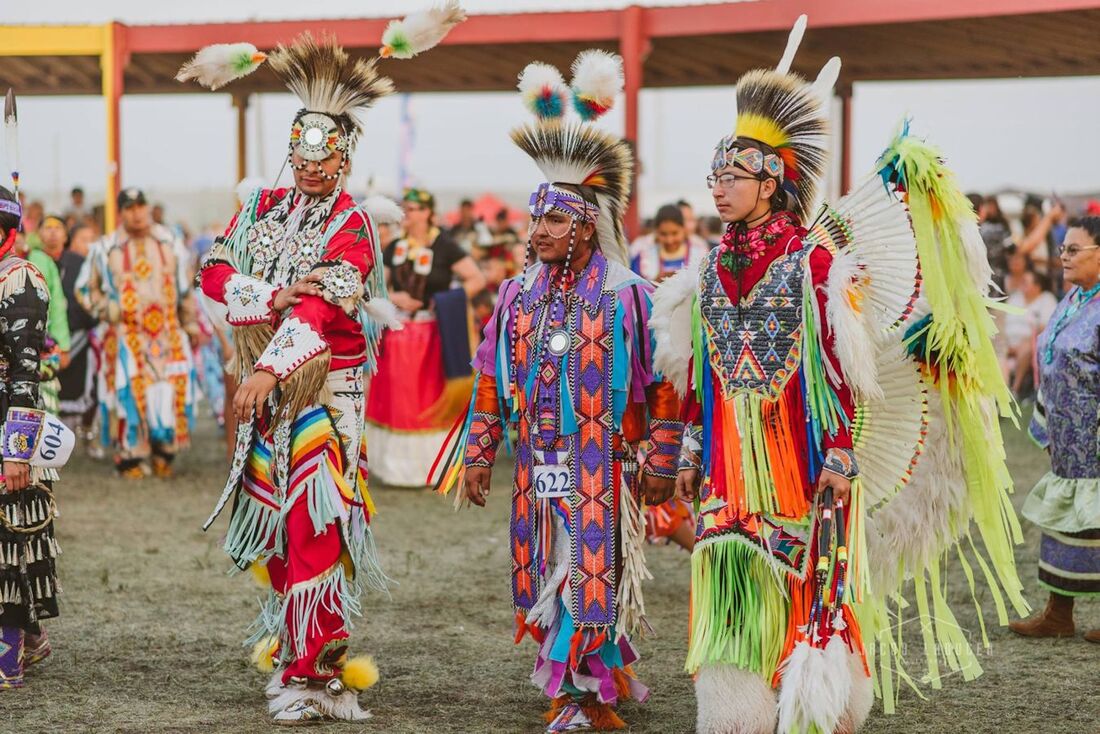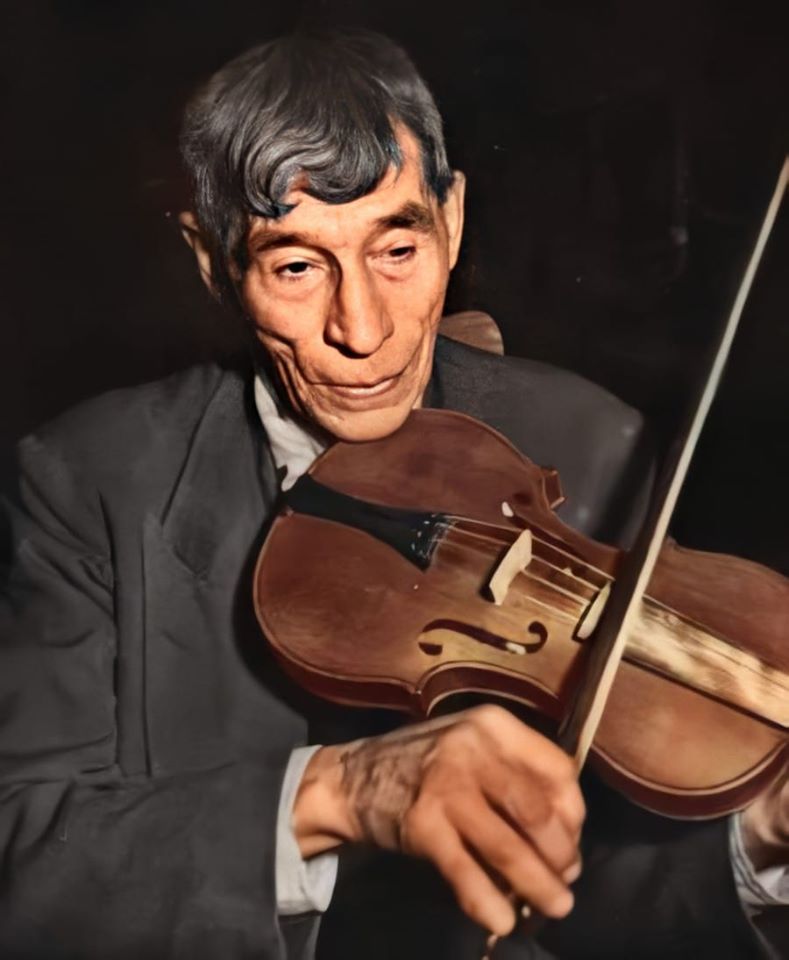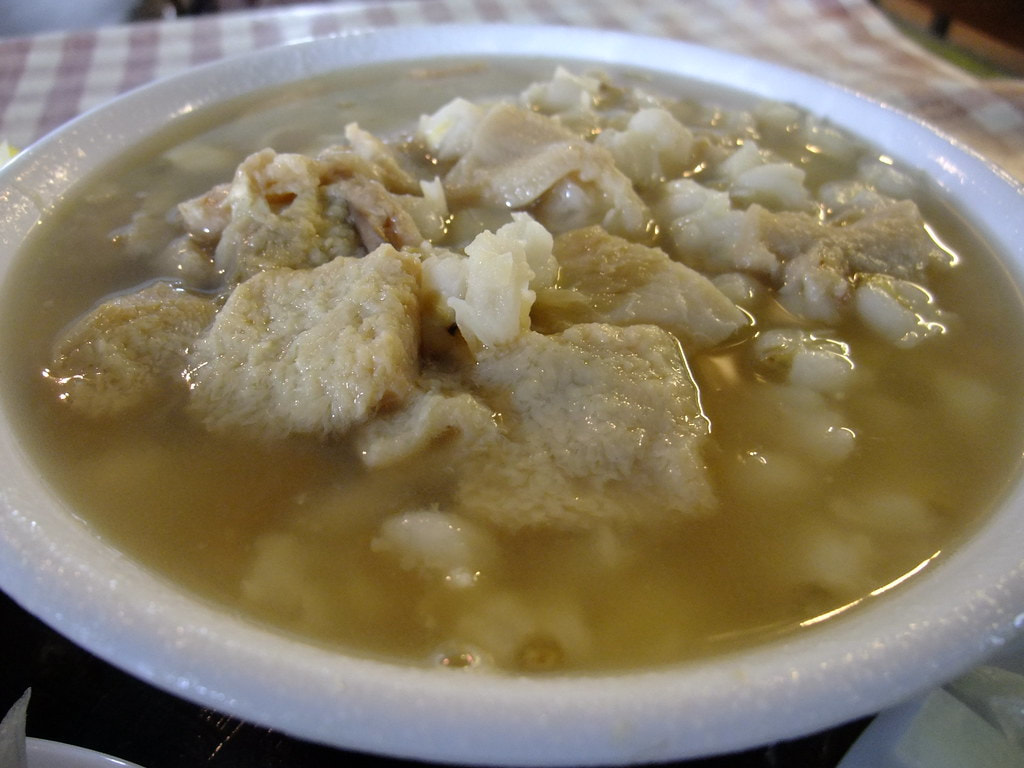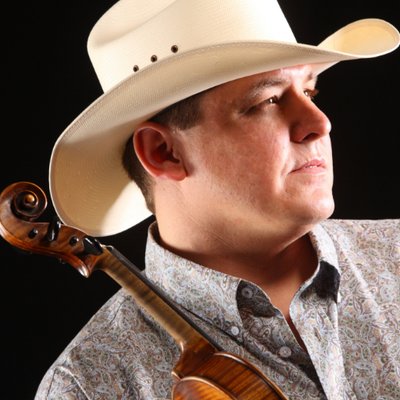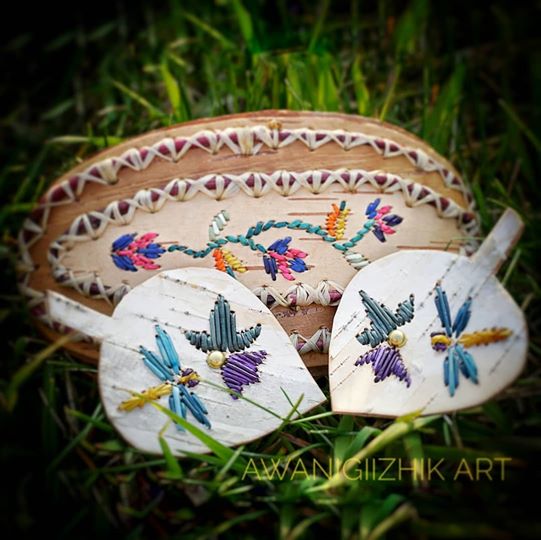OUR CULTURE
The Turtle Mountain Band (also known as the Pembina Band) moved into what is now North Dakota during the middle of the 1700s and the Turtle Mountains and Pembina hills where they wintered.
Life included a semi-annual buffalo hunt that was necessary for the survival of all the tribe through the production of pemmican, gathering of wild foods, and trapping fur animals for trade. After first contact, some of the Ojibwe intermarried with European fur traders and some of the earliest Métis families were associated with the band. As the Métis culture blended with the Ojibwe culture, new technologies such as rifles became used in hunting, and a unique type of homemade horse and/or ox drawn carriage was developed by the Métis, called the “Red River Cart.”
Over the past two centuries a unique, blended culture has developed - with strong influences of both the Ojibwe and Métis creating a unique heritage that is found nowhere else but here.
Explore our culture to find out more about our people and our rich heritage.
Life included a semi-annual buffalo hunt that was necessary for the survival of all the tribe through the production of pemmican, gathering of wild foods, and trapping fur animals for trade. After first contact, some of the Ojibwe intermarried with European fur traders and some of the earliest Métis families were associated with the band. As the Métis culture blended with the Ojibwe culture, new technologies such as rifles became used in hunting, and a unique type of homemade horse and/or ox drawn carriage was developed by the Métis, called the “Red River Cart.”
Over the past two centuries a unique, blended culture has developed - with strong influences of both the Ojibwe and Métis creating a unique heritage that is found nowhere else but here.
Explore our culture to find out more about our people and our rich heritage.
